Stories are often worth telling because they uncover a truth. That truth can be remarkable, reflective or even difficult, but sometimes so delightful and so decent that these stories are also worth telling.
That’s why I wanted to give a bit of insight behind a project that I worked on last year, and which tells the story of how the rail industry and its partners came together - often going beyond the call of duty - to enable us to share private passions, beautiful things and behind-the-scenes surprises with a wider audience.
The project has been to make a ten-part TV series called The Architecture The Railways Built. The first episode aired on April 28 on UKTV’s Yesterday channel, and in this article I hope to explain a little about how the series came about, how we made it, and just how so many people across different parts of Britain’s and Europe’s railways helped in its execution.
I have always loved the railway and its buildings. As a child I learned to read with my grandfather’s railway books informing both my world view and my vocabulary.
My enthusiasm wasn’t exactly suppressed - my father had worked for British Rail’s property department, and one of my earliest memories was walking around the forlorn buildings at Old Oak Common depot wearing his oversized BR hard hat.
In later years, I took more interest in the built environment, working on projects for English Heritage and campaigning with building conservation charities.
But while I dabbled with media work, I continued to be surprised that the only programmes about architecture seemed to be ones on houses, and most of the programmes about railways were about trains.
I wanted more people to share my enthusiasm for our viaducts, stations, tunnel portals, railway towns and locomotive sheds… and I wanted to bring out the love and expertise that so many people who work with them have. I genuinely find wonder and joy in buildings and engineering design.
Following a suggestion that we could perhaps find a wider audience for telling joyful stories about our railways, a friend (Robert Nisbet, the Rail Delivery Group’s Director, Nations and Regions) introduced me to a production company that felt the right fit - Brown Bob Productions.
Brown Bob, led by co-founder Jacqueline Hewer, had pedigree with this stuff.
The company has made a Channel 4 programme called Great Rail Restorations with Peter Snow, where several railway carriages were restored and brought together at the Llangollen Railway. It has also brought historical experts to the fore with a warm, accessible angle on History Hunters for Yesterday channel.
And so, with an eye for a great story, Brown Bob took my vague thoughts about interesting railway buildings, turned it into a concept and pitched it to UKTV. And it turned out that UKTV rather liked it.
We didn’t want to make an exhaustive history of railway architecture and engineering - there are countless specialist books that exist on that. Instead, we wanted a programme that tells the fascinating stories behind many of these structures.
In an age where we can look up technicalities and specifics online in an instant, what becomes more compelling for a broad TV audience are great stories, attractive cinematography, and interesting contributors who can add a unique richness to the tale. A programme that might draw others into the fascinating histories behind some of our railway past and railway present - and start them on a journey to discover more for themselves.
It all happened rather quickly - for me, at least. Within a couple of months, I received the call that the programme had been commissioned. But a huge amount of research, budgeting and juggling of talented production crew had already gone on behind the scenes, to make sure it was feasible. It might seem easy to the viewer, but the logistics behind multi-location TV series (and this had more than 30) is complex.
One of the biggest issues for potential TV programmes isn’t just the complicated series of acts that are required to get a commission, it’s the issue of getting access to the subject matter.
Programmes such as The Architecture The Railways Built, Paddington 24/7 or Great British Railway Journeys don’t happen easily. For a TV crew to get trackside access, to see live operations, or to get into unusual places requires not just health and safety risk assessments and training, there are also practicalities around timing and nullifying any impact upon day-to-day operations.
The last thing railway or historic building staff need is a TV crew yomping their equipment around, although the upside is that it allows viewers to share in private passions, wonderful sights, and the work that goes into keeping things working. They’re all great stories for the railways to tell.
So, with a series concept approved, the behind-the-scenes production team whirs into frenzied action. For a team of professional TV-makers must now all become experts in new, niche subject matter - and that means heavy reading and information cramming at an exhausting rate.
You can therefore probably imagine my delight when I walked into the Brown Bob office, soon after the commission had been confirmed, and saw piles of books familiar to me (and probably seen on many a RAIL reader’s bookshelf, too) covering the desks. Volumes by John Minnis, Marcus Binney and Gordon Biddle, John Betjeman, Jack Simmons and many more were stuffed full of post-it notes.
We might think of television as a lucrative, profit-rich enterprise. But it really isn’t. As TV channels have multiplied and our screen-watching habits have splintered a million ways, budgets for specialist documentaries (known in the industry as ‘Specialist Factual’ content) can be tight. Quite often they are not made with (nor indeed planned to make) oodles of cash - they are made with love and passion. And as time is money, rapid upskilling of a production team in a specialist topic has to happen fast.
The Brown Bob team had set about researching the stories of buildings from around Britain’s rail network - and beyond. Architecture does not stop at the Channel Tunnel, so the team ventured further. Disused and heritage lines were also explored, as were places far from the tracks but which had a railway tale to tell.
Word spread that we were researching, and friends and contacts from across the industry - such as Railway Heritage Trust Executive Director Andy Savage - suggested absolute gems for us to look into. I spent a few days hunting the back of my brain for places that I loved, too.
Once we had a list of places to which we wanted access, the next step was to ask if we could get it (and if so, how and when), and to start researching who might be our relevant expert who could explain the story best on screen.
This is where the railways and their staff really began to shine. Network Rail Chairman Sir Peter Hendy CBE was kind enough to introduce us to the right people, and the Network Rail communications team excelled themselves in speed and efficiency.
Multi-lingual emails were exchanged across Europe for permission to see wonderful things on the continent, then hundreds of phone calls and emails were dispatched by the Brown Bob researchers to heritage professionals and volunteers from other locations.
That juggling of filming at 30-plus locations was a feat of brilliant creative admin by all parties. By the time I turned up to film my presenting parts (a combination of interviewing expert contributors and doing direct pieces to camera), a number of locations had already been filmed.
The UK-based Producer Director had scripted the story arcs with the team, and the Europe-roving PD was set to head off to ten places on the continent. Both also had a researcher who had been responsible for finding the contributors, setting up the shoot and keeping tabs on the ever-growing admin.
Filming like this means long days. Once you’re done in one location, you’re off to the next by car or by train. The crew would follow on with a carload of cameras, sound equipment, notes and sugar-based snacks. You would meet at the overnight digs, and I’d get busy learning a few interview questions for the next day. It is frenetic, criss-crossing the country to meet people at times that best suit them or when a piece of architecture or engineering is accessible.
Network Rail crews took us to several locations, including tours of King’s Cross that included a visit to the roof and Clock Tower, as well as trips to meet engineers at Barmouth Bridge and signallers at Shrewsbury Severn Bridge Junction Signal Box.
Each took time and care and shared their knowledge generously. Filming hours were often compressed so that we could film outside peak hours (or according to such delightful variables as tide times).
HS1 Ltd took me onto Barlow’s great trainshed roof at St Pancras, and I can say that as I gazed down through the glass to see E320s glide in and out I have never felt so terrified (yet unnecessarily so) while at work in my life.
Teams at Hitachi’s Newton Aycliffe factory gave their time to give us a tour around the vast building, and train operating companies such as Great Western Railway, West Midlands Trains, LNER and Eurostar enabled access to Swindon, Great Malvern, York and Rotterdam stations.
Even Transport for London, where it’s usually tricky to film on their properties because of the sheer number of passengers, took us with experts on the Metropolitan and Jubilee lines. There were representatives of each organisation chaperoning us throughout, and we couldn’t have done it without them.
It wasn’t all plain sailing. Network Rail had lined us up with a trip down the shaft at Sudbrook Pumping Station (otherwise known as the pumping station for the Severn Tunnel), but urgent maintenance work put paid to that. A hastily convened back-up plan attempted to cover Bristol Temple Meads with 24 hours to go, with experts arranged thanks to both Network Rail and GWR… but was then kyboshed by an Extinction Rebellion protest. Oh well, you can’t win ’em all.
With the series all shot, Brown Bob’s team assembled the stories into ten balanced episodes. A major location, a secondary location or two, a European location. Music was commissioned and a huge editing team cut the shots together.
Within a few weeks I was in the studio recording voiceovers. They’re harder than they look, and the way that editors and producers create narratives from hundreds of hours of footage still amazes me.
Programmes about railways often come in for criticism from those of us who work on railways, or who know more about them than the average person. Criticisms of poor accuracy can usually be justified, but the occasional error (as in many a published work) can still slip through.
There are the tiniest statements, such as claiming that Dartmouth is technically the only railway station in Britain never to have had a railway line, that need to be fact-checked (and in this case debunked - at least Hull Corporation Pier was similar).
However, I’m hopeful that the constant and diligent fact-checking that the Brown Bob team pursued throughout the production has done the trick for The Architecture The Railways Built. Researching and corroborating facts to put in my script is one thing, but getting sources to back up the assertions of interviewed contributors can be quite another. I am sure I’ll be told via Twitter of any errors…
So, did we make the programme that we set out to make? Completely. Did we satisfy every wish in what we could include and what had to be omitted? Alas, not quite, but close.
Did the rail industry, building enthusiasts, heritage railways, conservation volunteers, historians, and architectural and engineering professionals come together to help share the things they love? Absolutely, and I am so proud to have been a small part of it. I hope that you enjoy what we’ve all done.
- The Architecture The Railways Built is broadcast on Tuesdays, 8pm on Yesterday. Catch-up on UKTV Play.
- This feature was published in RAIL 904, available in digital form now.

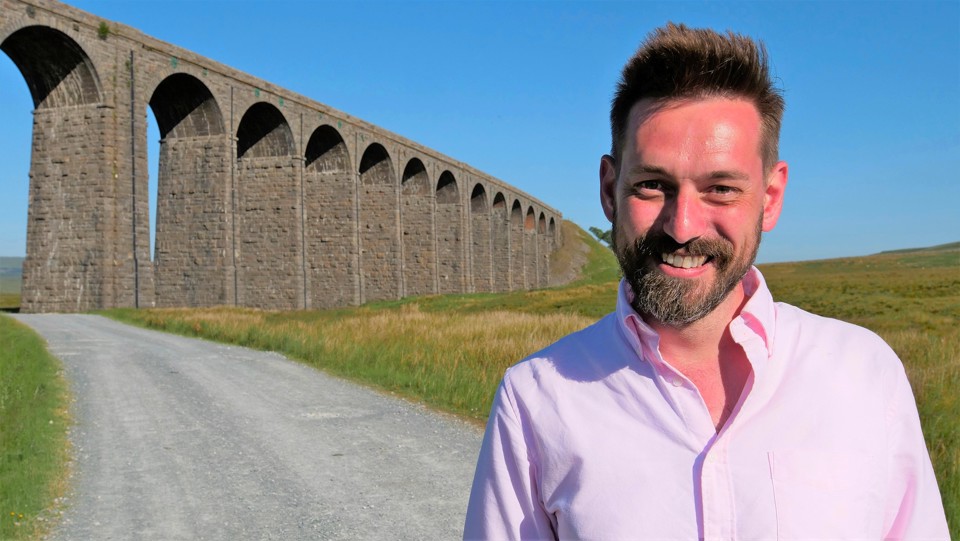
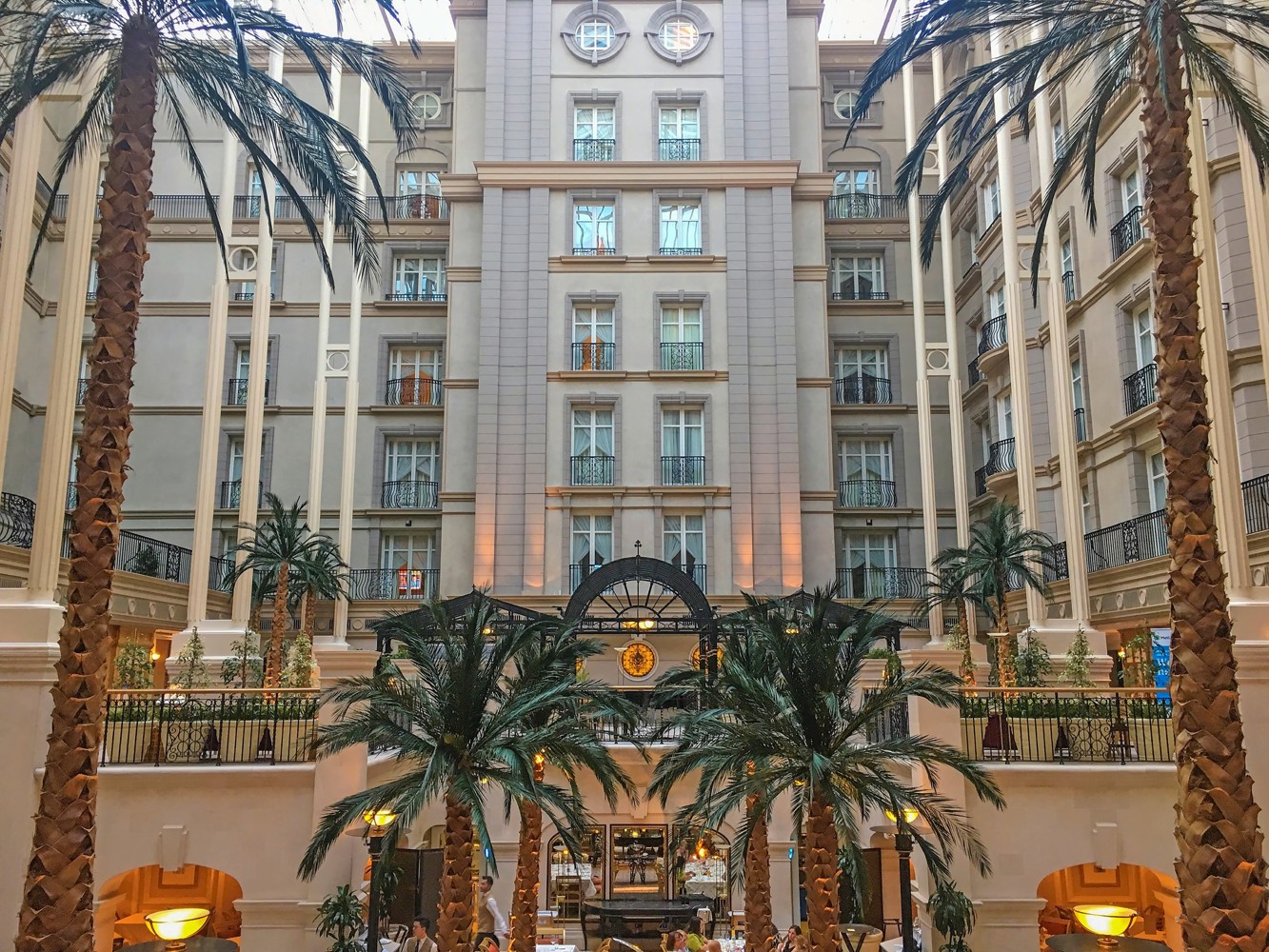
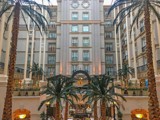

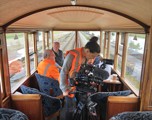
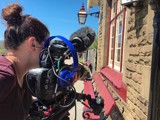
















jason leahy - 13/06/2020 17:34
Alison Graham is a big fan and wrote an article in last weeks Radio Times 6-12 June on why she thinks the series is lovely with a photo of Great Malvern Station,I don`t think she has written about any other train tv series.